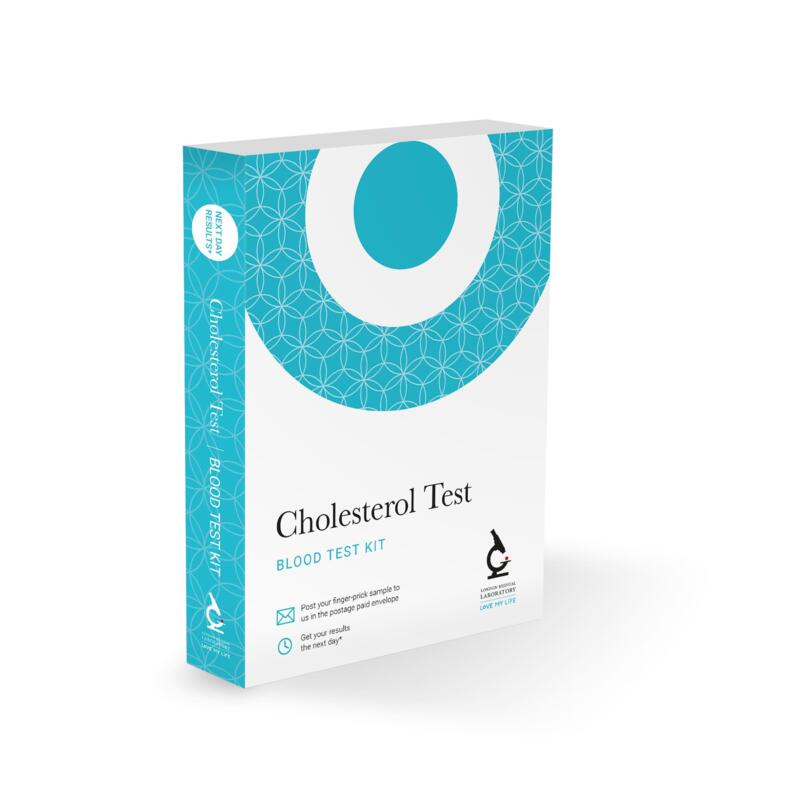



Cholesterol Lipid Profile
This profile gives a complete picture of your cholesterol levels. High levels dramatically increase your risk of a heart attack and strokes.
Virtually the only way to find out if you have high cholesterol is by having a blood test.
This profile can be performed both on a finger-prick home test sample, and a phlebotomy sample.




















